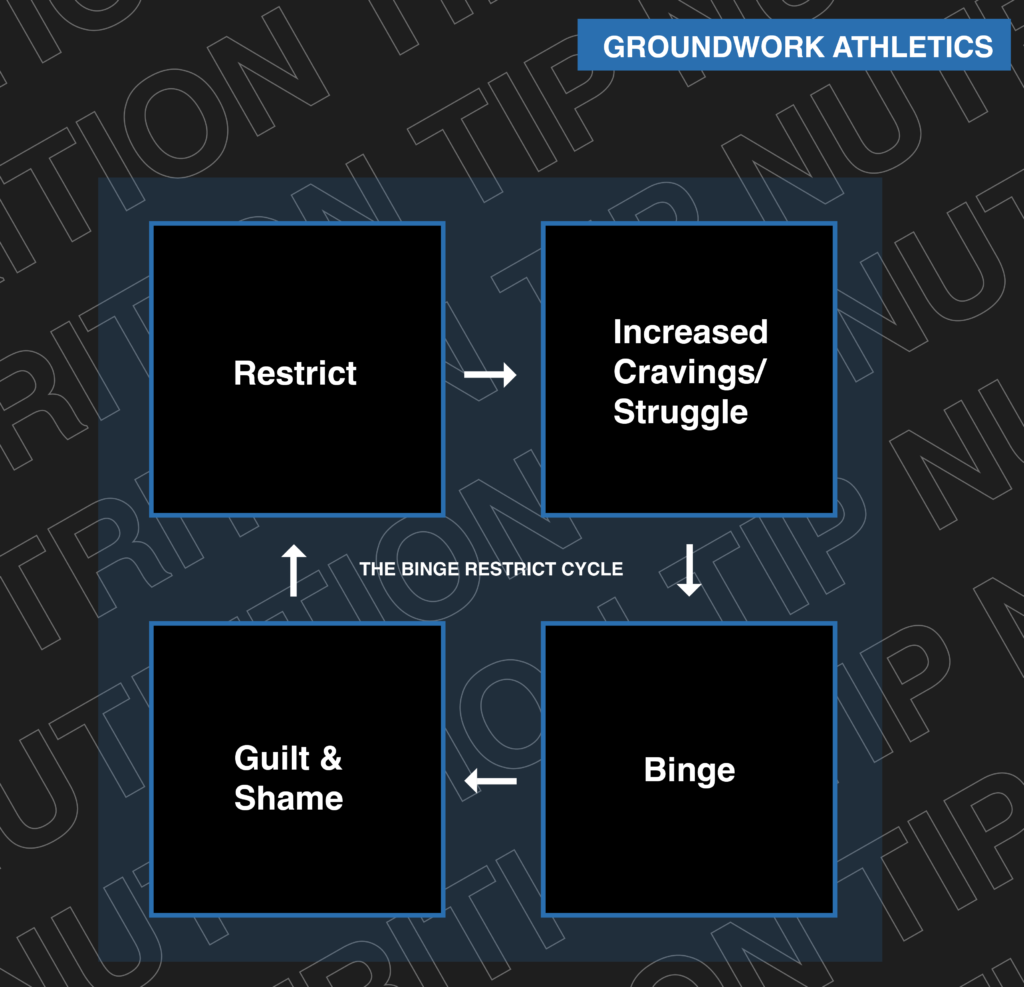Intermittent Fasting: Part 2
In last week’s post, we discussed the different methods of intermittent fasting (I.F.) – Time-Restricted Eating (TRE), Alternate Day Fasting (ADF) and the 5:2 method. As promised, this week we’ll be elaborating on its effects on weight loss, as well as training performance. Is I.F. really the fat-melting magic that some claim? Is it ACTUALLY superior to regular old calorie restriction? How will I.F. affect my training? Let’s dive in!
- Intermittent Fasting effects on weight loss:
You may have heard from a friend or two, or perhaps read online, that intermittent fasting is by far the best/easiest/fastest way to shed weight and drop some of those unwanted lbs. You may have even heard that you can eat whatever you want, as long as you only eat during a specific eating period. There may be an element of truth to some of these claims, but not for the reasons you may think.
Well, is I.F. more effective than regular calorie restriction for weight loss? So far, the majority of research (anecdotal evidence aside) shows that while I.F. can lead to reduction in weight, it actually is no more effective than calorie restriction across the board. By and large, I.F. leads to reduction in weight simply because you are literally giving yourself less opportunity to over-consume calories. It really is quite that simple.
With that being said, I.F. might just work for you, and that’s fantastic. If you tend to eat a calorie-dense breakfast, or snack late into the night, it’s no real surprise that restricting your eating window could lead to reduced calorie intake. It is worth noting that for some people, I.F. allows more freedom where food choices are concerned because it can be difficult to over-consume your daily calories in a shorter period of time.
- Intermittent fasting effects on training
There is actually a surprising lack of conclusive evidence on the effects I.F. may have on training. Some studies show no changes, some show improvement, meanwhile some show impaired performance. The general consensus seems to be that it largely depends on the person.
If you train on an empty stomach and perform better without any side effects such as light-headedness, stomach discomfort, or a lack of energy, then by all means continue to do that. On the other hand, if you prefer to eat before you train, that’s fine too! Some things to consider with this are food volume and timing – the larger the meal, the more time you should leave between eating and training, and vice versa.
In conclusion, there is no right or wrong answer when it comes to intermittent fasting. If limiting your “eating window” is something you find easy and sustainable, that’s what is the most important. If you have an easier time adhering to a more typical approach of consistent meal timing, continue to do that! Likewise, whether you prefer to fast or eat before training, the most important thing is that it works for YOU and YOU can adhere to it.
What is important is that you do not embellish the outcomes or effects of your preferred methods of eating, especially when recommending them to others. It’s usually best to take extreme claims with an extreme pinch of salt. As always, you should consult your primary care physician before experimenting with any big changes to your diet.
Author: Mitchell Johnson, PN Level 1

